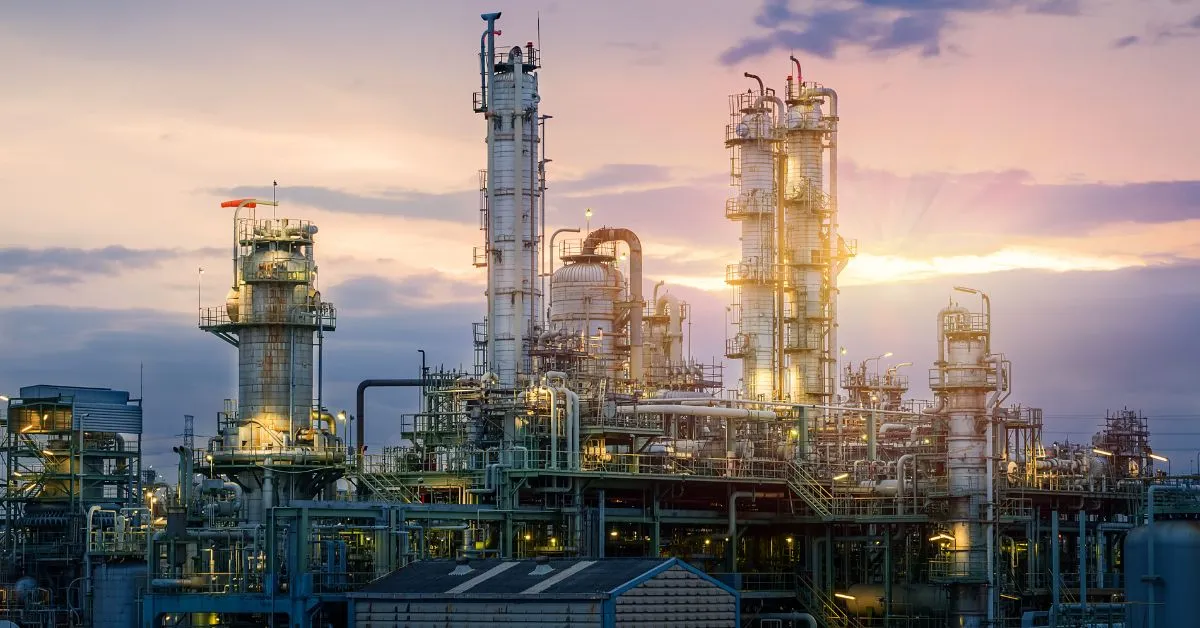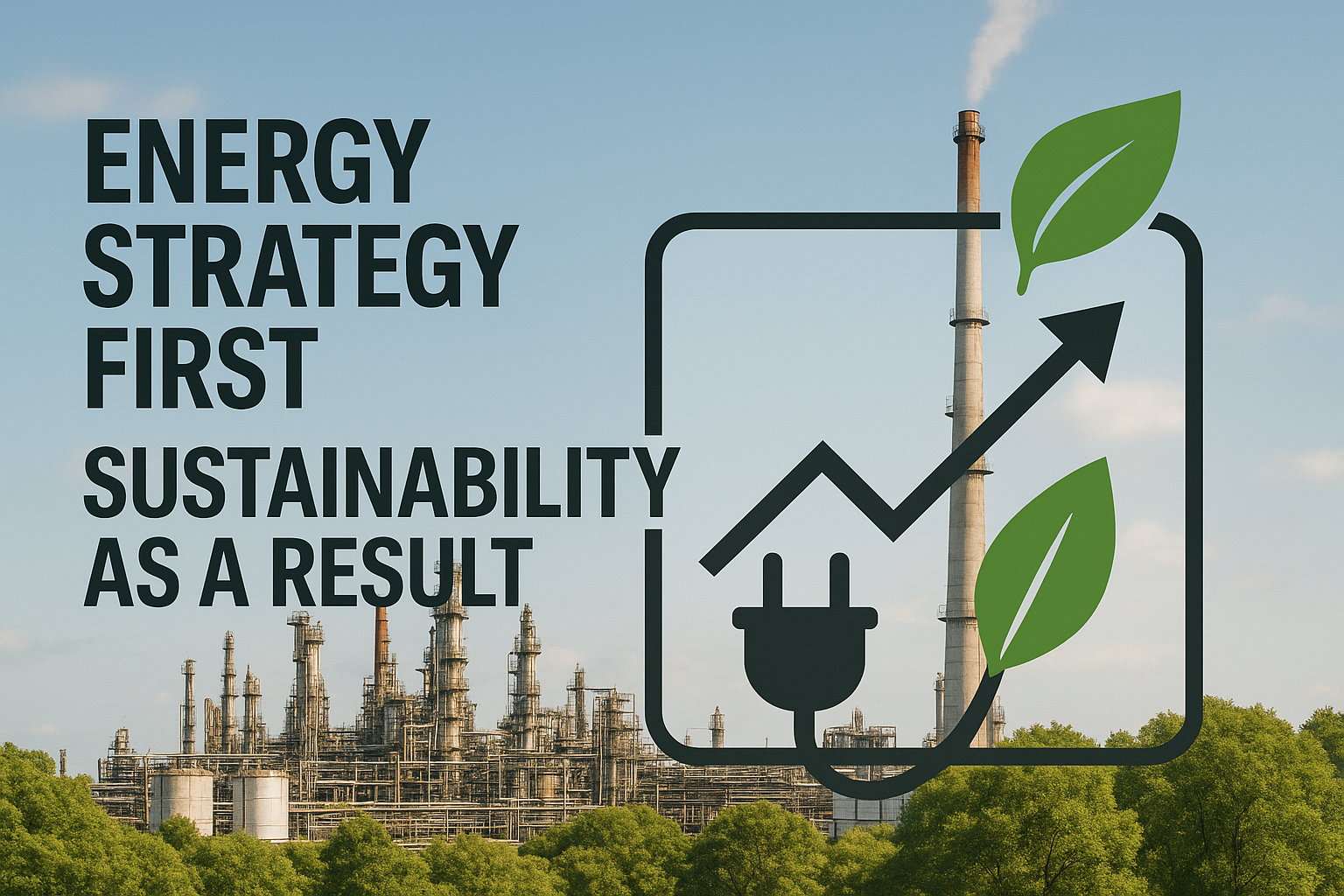Distillation is a major energy consumer in refineries, accounting for a significant portion of total energy use, though the exact percentage varies by source and plant configuration. When the debutanizer—the column that strips butanes from heavier C5+ hydrocarbons- slips off target, you feel the pain immediately in rising steam demand, flare losses, and costly daily downtime.
Entrainment, poor fractionation, and stubborn reboiler fouling, documented in field analyses, undercut yield and force you to recycle off-spec material. We’ll review six AI strategies that turn this energy sink into a profit engine. Field deployments show up to a $0.25/bbl margin increase from distillate system optimization—evidence that even small improvements in separation efficiency can drive major economic gains.
1. Real-Time Process Monitoring & Anomaly Detection
Debutanizer columns never sit still—feed composition swings, tray hydraulics shift, and reboiler duty drifts. If you rely solely on distributed control system (DCS) alarms, you often discover problems after separation efficiency has already slipped. By streaming every pressure, temperature, and flow tag into AI models trained on your historical runs, you gain a live view of column health rather than a rear-view snapshot.
AI models build virtual or soft sensors that infer hard-to-measure states such as incipient flooding or foaming from correlated signals you’re already collecting, an approach proven in other heat-transfer assets through soft sensor technology. Because these models learn multivariate patterns, they flag subtle deviations long before a single variable crosses a static limit.
2. Predictive Maintenance for Debutanizer Equipment
While monitoring provides real-time insights, combining it with predictive maintenance creates a forward-looking plan that prevents failures before they occur. You already watch tray temperatures every shift, yet failures still seem to arrive out of nowhere.
AI optimization turns that reactive routine into a proactive strategy. By streaming vibration, pressure drop, temperature, and flow data from the reboiler, overhead condenser, trays or packing, and control valves into an AI model, you gain a live estimate of each component’s remaining useful life.
When the model flags an emerging fault, say a subtle rise in pump vibration coupled with declining flow, you can line up a turnaround before performance slips. Process industry leaders using this approach report significant boosts in uptime, translating to fewer emergency shutdowns and steadier LPG recovery.
Beyond availability, the financial upside is tangible. AI scheduling trims maintenance spend while slashing overtime and rush-order parts costs.
3. Adaptive Control Algorithms for Optimal Operating Conditions
Traditional advanced process control (APC) loops keep your debutanizer inside fixed limits, but they can’t adapt when feed composition shifts or ambient conditions change. This is where adaptive control transforms operations by taking a different approach; it re-optimizes core levers like reflux ratio, tower pressure, and steam draw in real time, learning from every new data point.
The algorithm predicts where purity, column pressure loss, and energy use will be minutes ahead, then writes fresh setpoints back to the distributed control system (DCS). Deploying adaptive control starts with identifying column dynamics from historical data, then training the RL model offline.
You can soft-test in advisory mode first to build confidence before closing the loop. This workflow handles non-linearities better than classical tuning, as confirmed by MPC research. The model learns your plant-specific operations over time, so the improvements compound without recurring engineering hours.
4. Data-Driven Energy Optimization
Distillation is one of the most energy-hungry tasks in any refinery, and a debutanizer’s reboiler alone can draw meaningful steam every hour it runs. When you leave the column on conservative set points, that steam turns into higher fuel costs and unnecessary CO₂. Building on the adaptive control foundation, energy optimization takes efficiency to the next level.
A common fix is to rebuild the tower as a Dividing-Wall column, but that route demands major capital, long downtime, and rigid operating limits. By contrast, Closed Loop AI Optimization (AIO) slips into your existing distributed control system (DCS) and starts learning from years of plant-specific data within weeks, not quarters.
The model constantly narrows the delta between top and bottom temperatures, trims reflux, and floats pressure to the lowest safe point. Cutting that fuel burn means fewer tonnes of CO₂ and a payback measured in months rather than years. Crucially, the AI model keeps product quality inside spec, so you gain lower utility spend without inviting giveaway or unplanned rework.
5. Continuous Learning from Historical + Real-Time Data
Effective optimization starts with a comprehensive data foundation that leverages both the predictive capabilities and energy insights already established. Years of historical data capture long-term operational patterns, combined with live DCS streams for real-time reinforcement.
This approach maintains model accuracy through scheduled monthly re-validation runs, keeping the AIO solution tuned to plant-specific operations without losing sight of rare but critical events.
Continuous retraining goes beyond simple calendar updates. Advanced AI techniques use replay-based learning to mix new sensor records with carefully selected historical data, while parameter adjustments prevent model degradation over time. This technical approach ensures models remain sharp and responsive to operational changes.
The result delivers measurable value: robust models that adapt smoothly to shifts in feed composition or ambient conditions. Unlike static models that drift out of tune and require manual intervention, this continuous learning approach maintains optimal performance through changing operational realities, delivering consistent separation efficiency and energy savings that compound over time.
6. AI-Driven Fault Diagnosis & Troubleshooting
When a debutanizer’s ΔP suddenly spikes and C5 slip threatens product quality, you can lose an entire shift combing through trends, sample results, and field rounds. Conventional alarms only tell you something is wrong—they rarely reveal why. The continuous learning capabilities built into modern AI systems provide the foundation for rapid, accurate fault diagnosis.
AI-driven diagnosis ends that delay. Models built on years of pressure, temperature, flow, and composition data compare live signals to their learned baseline, flagging any upsets in real time and ranking likely causes—such as tray damage, foaming, or a sticking valve—in seconds. One case study isolated flooding minutes after onset, a task that once consumed hours.
The workflow is straightforward: detection leads to root-cause ranking, which generates recommended actions piped to your DCS. Each resolved incident feeds the model, sharpening pattern recognition and trimming nuisance alarms. Faster answers mean less off-spec product and steadier, more profitable operation.
Bringing It All Together – Imubit’s Role in Smarter Separation
When you combine advanced AI strategies into a plant-specific program, you may see increased yield, improved resource efficiency, fewer unplanned outages, and faster diagnostic insights, though specific results can vary depending on implementation and operational context.
Imubit’s Closed Loop AI Optimization solution goes beyond traditional APC by learning from every operating mode, then writing optimal set points back to the DCS. That closed loop drives proven ROI while our engineering team remains available to the customer to guide implementation and model tuning.
Each strategy feeds the next so you gain a living optimization layer that keeps operators focused on high-value decisions and accelerates knowledge transfer to the next generation of talent. The same industrial AI foundation extends beyond smarter separation to rethink energy, safety, and profitability across the entire refinery.
For process industry leaders seeking sustainable efficiency improvements, Imubit’s Closed Loop AI Optimization solution offers a data-first approach grounded in real-world operations. Get a complimentary plant AIO Assessment to discuss your unit’s specific optimization opportunities.




